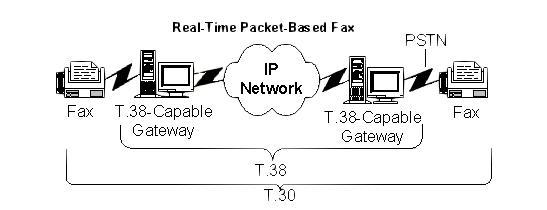18 Feb I Confess … I’m a Stickler
A stickler—someone who cringes when exposed to bad grammar and punctuation, and someone everyone hates. You know the type: we’re unable to read the newspaper without a red pen in hand. Doesn’t make me particularly proud, but knowing it will help you understand what motivated this blog post, since my problem also extends to technical misconceptions.
Exposed, as I am every day, to all things fax, I constantly hear people refer to TDM-based fax, or analog fax, as T.30, as opposed to the IP-based T.38. Actually, many also refer to G.711 pass-through IP fax as T.30. I cringe, but I’ve learned to let it pass and translate “T.30” to “TDM-based analog signal.” So, what’s the problem, you say?
The ITU T.30 recommendation is a computer-communications protocol used by two computers, typically communicating over some form of network, for the purpose of transfering an image from one to the other. In fact, a US Federal District Court ruled in a patent-infringement case, in effect, that the word “facsimile” or “fax” meant exactly that (two endpoint terminals exchanging image data in real time) ruling out, for example, an image file being delivered via e-mail, as is done by hosted fax services. Although the latest version of T.30 mentions V.34 due to the special requirements its use places on T.30, the image modems are actually specified in T.4, not T.30.
Granted, when T.30 first specified G3 fax in 1980, IP telephony didn’t exist, and a TDM-based voice infrastructure, the PSTN, was assumed. But that is no longer the case. Today, we have T.38 to take care of the situation where there is an IP network between the two computers (T.30 was not economically practicable prior to micros) using T.30 to communicate. The job of T.38 is to make this interposing IP network transparent to the two T.30 machines. It must overcome packet loss and PCM-clock synchronization problems, while maintaining the timing requirements of the T.30 “conversation.” The relationship of T.30 and T.38 is shown below.









No Comments